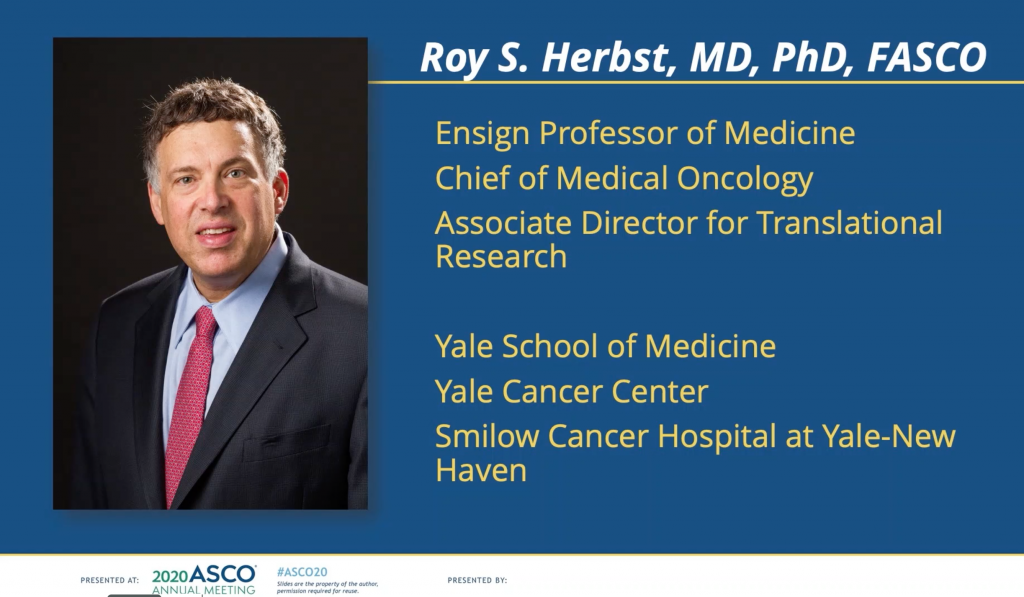The NTT system was created at the San Bortolo Hospital in Vincenza, Italy, to manage both treatment-related toxicities and cancer-related symptoms in adult patients receiving cancer treatment.
The lead investigator of the observational study, Lorenzo Calvetti, MD, said proper management of chronic diseases is crucial to curb the rapidly increasing costs of health care and to improve patient quality of life.
“The integration of triage pathway protocols and early palliative care help prevent unnecessary emergency room visits and hospitalizations,” Dr. Calvetti said.
The trial design involved the training of oncology nurses for a period of 4 weeks. This included formal lessons for 8 hours, telephone triage, and teaching by a medical oncologist on duty for 2 weeks. The management of patients was centralized and standardized across the institution, which was a key design innovation of the trial. NTT operated Monday to Friday from 8 AM to 8 PM to serve patients who were referred to NTT to address their treatment-related adverse effects (TRAEs).
Adult patients with cancer on active treatment were referred to the NTT from September 2018 to September 2019. TRAEs were registered in clinical records, and actions were taken based on a Common Terminology Criteria for Adverse Events (CTCAE) grade that corresponded with the severity of the symptoms. Grade 3/4 cases were immediately referred to the medical oncologist on duty.
During the study period, 1,075 patients received systemic treatment compared with 936 in the equivalent time frame the previous year. NTT provided 429 consultations; 581 TRAEs were reported, and 117 patients reported more than one. The most common TRAE reported was fever during chemotherapy (38 events [33.6%]), which resulted in a febrile neutropenia in seven cases. Other common TRAEs included gastrointestinal symptoms, pain, fever (unrelated to chemotherapy), and fatigue.
The primary endpoint was to compare the rate of hospitalization of patients on treatment during the study period and the same time frame the previous year. The results showed 109 patients with cancer were hospitalized during the NTT study period compared to 138 the previous year, resulting in a normalized hospitalization rate of 10.1% versus 14.7% (p = 0.002). This represented a cost savings of €380,160.
Dr. Calvetti noted that special care should be taken for patients with lung cancer based on the complexity of their symptoms during the study and frequency of the interventions reported.
Discussant Robert M. Daly, MD, MBA, of Memorial Sloan Kettering Cancer Center, said the study raises interesting questions. “Calvetti et al. found that patients with lung cancer were most frequent callers (22.4%) and represented only 12% of patients in the study,” he said.
Dr. Daly noted the lack of a rigorous cost effectiveness analysis in the study. “We need to better understand how much these interventions cost and the value they bring,” he said.
Such an analysis is critical, he added, as similar programs seek to expand and scale during uncertain economic times, such as now during the COVID-19 pandemic, and questions remain on how to improve the technology.
“How can we better customize the technology based on the individual patient’s risk and modulate the intensity of monitoring based on that patient’s risk?” he said.
- Calvetti L, et al. ASCO Virtual Meeting, 29-31 May 2020, Abstract 2002.
Posted on
Previous Article
« Letter from the Editor Next Article
Oncology hospital-at-home model reduces hospitalizations, emergency department visits, and costs »
« Letter from the Editor Next Article
Oncology hospital-at-home model reduces hospitalizations, emergency department visits, and costs »
Table of Contents: ASCO 2020
Featured articles
COVID-19 & Telemedicine
COVID-19 and Cancer Consortium Registry: initial results
Oncology hospital-at-home model reduces hospitalizations, emergency department visits, and costs
Nurse-led telephone triage system reduces hospitalizations, helps patients manage symptoms at home
Melanoma
Adjuvant pembrolizumab: durable RFS for stage III melanoma
Adjuvant pembrolizumab: durable RFS for stage III melanoma
Pembrolizumab plus low-dose ipilimumab well tolerated after progression on PD1 antibody therapy
Toripalimab plus axitinib effective in metastatic mucosal melanoma
Breast & Ovarian Cancer
Advanced breast cancer: locoregional therapy does not improve OS
T-DM1 does not improve safety or efficacy in HER-2 positive early breast cancer; favorable iDFS reported
Maintenance olaparib improves OS in relapsed ovarian cancer with BRCA1/2 mutation
Combination pembrolizumab/chemo improves PFS in metastatic TNBC
Effect of veliparib with or without cisplatin in breast cancer: results of SWOG S1416
PHOEBE, a phase 3 trial comparing pyrotinib and lapatinib in HER2-positive metastatic breast cancer
BYLieve demonstrates efficacy of PIK3CA-directed treatment post CDK4/6-ihibition
Strategies emerge for chemotherapy de-escalation in HER2-positive breast cancer
Multiple Myeloma
Carfilzomib: no PFS benefit for multiple myeloma
Lung Cancer
ES-SCLC: tremelimumab + durvalumab + chemotherapy misses endpoint
Adjuvant osimertinib in NSCLC: practice changing ADAURA trial
ES-SCLC: pembrolizumab KEYNOTE-604 data
Second-line gemcitabine plus ramucirumab significantly improves overall survival
Tiragolumab and atezolizumab: ORR in NSCLC
MET-amplified advanced NSCLC responds well to MET inhibitor capmatinib
Genitourinary Cancer
Urothelial cancer: avelumab works as maintenance therapy
ARAMIS final OS and nmCRPC safety outcomes
Final survival results from phase 3 SPARTAN trial
Novel drug for kidney cancers/VHL patients
Primary analysis from IMvigor010, adjuvant atezolizumab in high risk muscle-invasive urothelial carcinoma
First randomised trial of Lu-PSMA in mCRPC progressing after docetaxel
Gastrointestinal Cancer
HER2-expressing metastatic colorectal cancer: trastuzumab deruxtecan
REGOMUNE: a phase 2 study combining regorafenib and avelumab
Cardiotoxicity: consider switching to S-1
Perioperative chemotherapy for resectable pancreatic ductal adenocarcinoma
Real-world data of sequential sorafenib followed by regorafenib in unresectable HCC
Paediatric Cancer
Sustained improvements in quality of life with larotrectinib
Promising first immunotherapy trial in placental trophoblastic tumours
Precision medicine for poor-prognosis paediatric patients
Related Articles

September 8, 2020
Adjuvant osimertinib in NSCLC: practice changing ADAURA trial
September 17, 2020
Perioperative chemotherapy for resectable pancreatic ductal adenocarcinoma
© 2024 Medicom Medical Publishers. All rights reserved. Terms and Conditions | Privacy Policy
HEAD OFFICE
Laarderhoogtweg 25
1101 EB Amsterdam
The Netherlands
T: +31 85 4012 560
E: publishers@medicom-publishers.com

